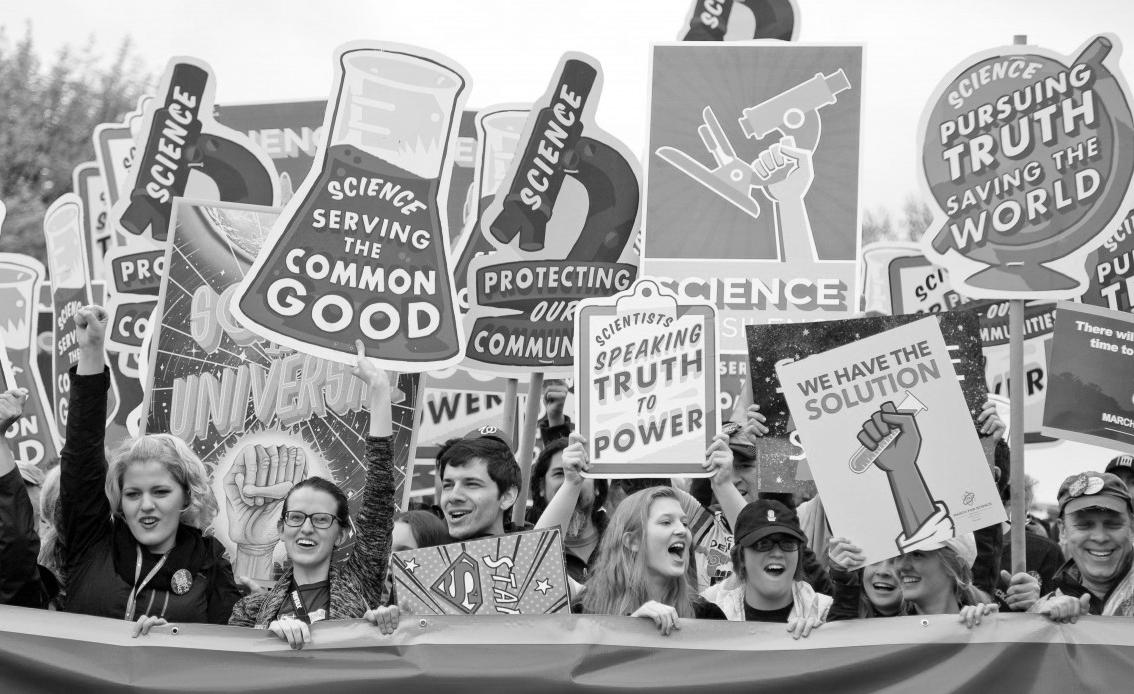Featured
The Struggle for Black Lives Gabriel García / Politics, Philosophy, and Economics and Communication Studies 2020 Kamran Parsa / Politics, Philosophy, and Economics 2021 This article discusses physical and emotional violence and trauma against Black, Indigenous, and people of color (BIPOC), LGBTQ+ folx, and immigrants.
O
n May 25, George Floyd, a Black Minneapolis resident, was murdered at the hands of the state.[1] Then-officer Derek Chauvin pinned Floyd to the ground by his neck, brutally strangling him while fellow officers Thomas Lane, J. Alexander Kueng, and Tou Thao watched.[2] It was, Floyd’s brother Philonise recounted to Congress, "a modern-day lynching in broad daylight."[3] Chauvin’s knee remained there despite Floyd crying "I can't breathe" and onlookers begging the officer not to kill him. His knee held firm against Floyd’s neck even after Floyd lost consciousness and paramedics arrived.[4] Since then, police violence, systemic racism, sweeping legal reform, and police abolition have been brought to the forefront of American consciousness. There has been a tremendous uptick in resources and visibility on social media as people are increasingly mobilized to take direct action for justice.[5] But with this increased visibility and activism, there has also been an insidious edge—a record-setting number of murders of transgender BIPOC. As of November 7, Human Rights Campaign estimated that at least thirty-four transgender or gender-nonconforming people have been murdered, making 2020 the deadliest year since the organization started tracking in 2013.[6] Twenty-seven were Black and Latinx trans women, pointing to the dangers of hyper-visibility—a paradox that arises when trans lives are simultaneously made spectacle and erased—as discussed in the documentary Disclosure.[7][8]
20
Fall 2020
The American Medical Association declared the continued murder of trans women an “epidemic” in 2019.[9] Laverne Cox, a Black trans actress and a subject of Disclosure, urges skepticism as a few are elevated while most struggle. It is also undeniable that there have been great strides for many people with intersectional identities in this reflection of social duality. The socio-political climate has forced corporations, institutions, and people to evaluate who they are, what they stand for, and what they stand behind.[10] However, it is hard to decipher whether this is genuine support or capitalization and monetization of a movement dedicated to the preservation and celebration of BIPOC and LGBTQ+ lives.
WHITE FRAGILITY AND TRAUMA PORN This movement has been a rude awakening for many non-Black people.[11] Those who claim to be “color-blind”—which harmfully enforces the idea that race does not have real-world implications or social power—had the privilege to stay sheltered from the most horrific aspects of the police state and criminal punishment.[12] Those same people are now pushed to confront race and their own prejudice, preconceptions, and attitudes.[13] This movement of personal confrontation has resulted in many episodes of White fragility (read: defensiveness and entitlement) in those who were once comfortable ignoring their own racial biases.[14] But it has also been a time for re-definition and learning, as many have embraced tenets of anti-racism like those popularized by author Ibram Kendi, who argues that institutional change for BIPOC requires deliberate, liberating action. It is complacent to simply be “not racist.”[15]
Beyond changing language and widespread arrests, this stark resurgence of the Black Lives Matter (BLM) movement has been marked in duality by immeasurable mourning. It seems that each news story brings another name added to “in memoriam.” We must remember the names and honor the memories of George Floyd, Tony McDade, Breonna Taylor, Rayshard Brooks—the list is endless.[16][17] But the spreading of police brutality videos on social media can quickly turn into trauma porn, crossing the line between allyship and exploitation.[18][19] Increasingly, this country is confronting the fact that it is not a post-race society. America’s definition, discussion, and teaching of race have sustained racism and inequality since the founding of this country on stolen land.[20] [21] Our “justice” system brutalizes and discards Black and brown lives and serves to punish, not rehabilitate.[22]
WIDESPREAD SUPPORT AND MOBILIZATION In June, two-thirds of American adults expressed support for the BLM movement. [23] An estimated fifteen-to-twenty-six million people protested for Black lives on June 6, reported as the peak turnout for on-the-ground engagement this year.[24] This makes BLM the largest protest movement in US history, surpassing the cited engagement numbers in the 1960s Civil Rights Movement. Widely accessible information on the internet, easier travel, and better reporting boosted engagement, as organizers used tools like Instagram to drive turnout.[25] And while many believe the future is bleak for race relations, the protests’ racial diversity was unprecedented.[26] But support waned in the months since as the public refocused its attention elsewhere.[27]
nupoliticalreview.com











